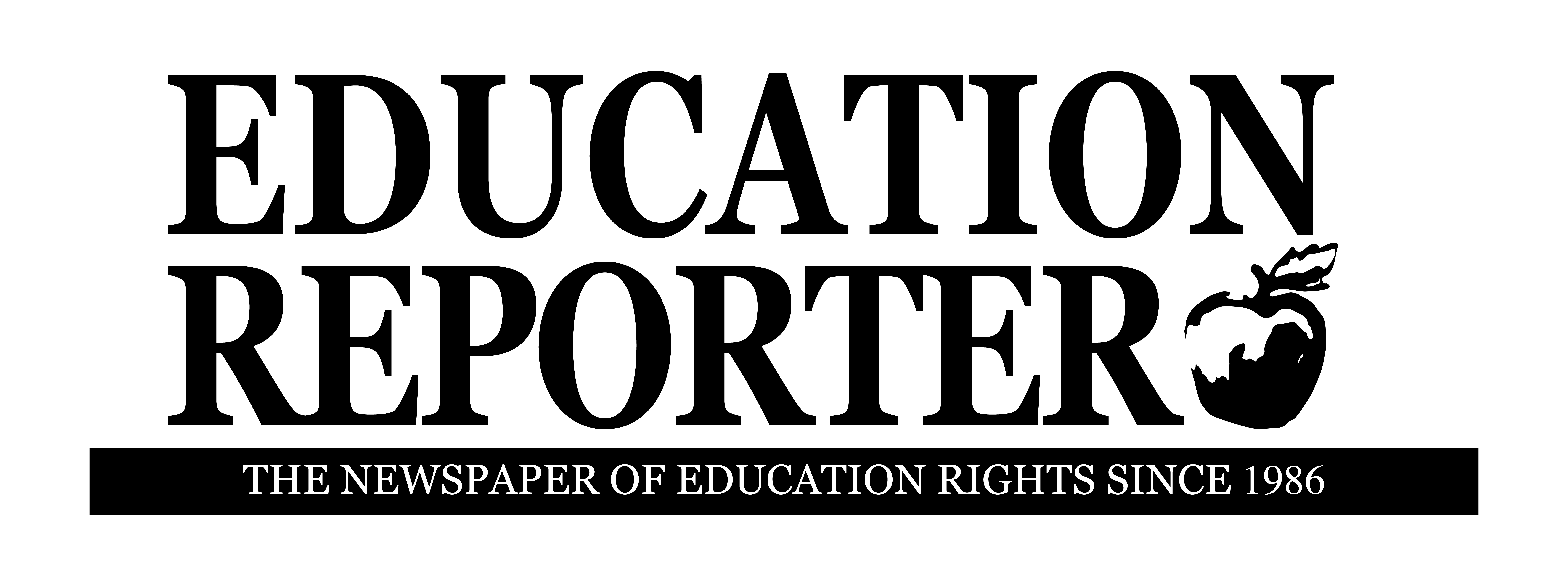Local or Federal Lunch Standards?
At Uintah Elementary School in Salt Lake City, as many as 40 children had their school lunches thrown in the garbage by cafeteria employees. The students were only allowed to have a carton of milk and a piece of fruit. The district child-nutrition manager participated in throwing away lunches of students whose parents allegedly were behind on paying student lunch accounts. (Salt Lake Tribune, 1-29-14)
A spokesman for the Salt Lake School District said, “This was a mistake. There shouldn’t have been food taken away from these students once they went through that line.” (NBC News, 1-30-14)
Parents whose children had their lunches snatched say that they had not been notified that their account was in arrears and several also claim that their accounts were paid in full. After learning about the Utah incident, a Houston, Texas man paid $465 in unpaid lunch balances for 60 students at the school where he works as a tutor and mentor.
When Kenuy Thompson found that some students were eating cheese or peanut butter and jelly sandwiches instead of full trays of food due to negative balances on their lunch accounts, he brought accounts current. He said, “These are elementary school kids. They don’t need to be worried about finances. They need to be worried about what grade they got in spelling.” (USA Today, 2-7-14)
The chief executive officer of the School Nutrition Association, Patricia Montague, writing about the Utah incident in Education Week, claims that strategies for clearing unpaid lunch balances, the choice to offer free cold lunches, and other cafeteria policies are left up to “local discretion,” resulting in “a patchwork of complex policies … implemented across the nation.” She continues, “It’s no wonder that parents, administrators, and even cafeteria employees get confused.” (Education Week, 3-5-14) But the cafeteria workers in Utah weren’t confused. They suffered from a lack of common sense and compassion.
Montague goes on to state that the Healthy, Hunger-Free Kids Act of 2010, the school lunch project widely promoted by Michelle Obama, requires the U.S. Department of Agriculture “to examine current policies and practices pertaining to unpaid meal charges and report on the feasibility of establishing national standards on meal charges and alternate meals.” But, do we actually need more “national standards” in schools?
The number of students receiving free and reduced-fee lunches, as well as breakfast, and sometimes dinner, at school is already staggering. Harvard researchers recently published results of a study conducted at four cafeterias in “an unnamed urban, low-income school district.” They measured the effects of the Healthy, Hunger-Free Kids Act of 2010 and found that since the institution of federal policies on school cafeterias, although “students still threw away much of what they were served, the total amount of fruits and vegetables discarded went down since the standards implementation.” (Education Week, 3-12-14)
Taxpayers are paying for food that is tossed in the trash by students. Federal government interference into local school dietary decisions has decreased affordability for some families formerly able to pay for school lunch and made some students willingly toss their unpalatable lunches in the garbage can.
Montague, as head of the School Nutrition Association, claims to “represent thousands of school nutrition professionals nationwide who believe every student should receive free, healthy meals as part of the school day because good nutrition is critical to student achievement.” She’s suggesting a free lunch for every student.
A good night’s sleep is also critical to student achievement. We are not certain that all students have good mattresses. A federal program to provide adequate mattresses in all schools would make it unnecessary for students ever to go home. Maybe Bill Gates will fund the project.






